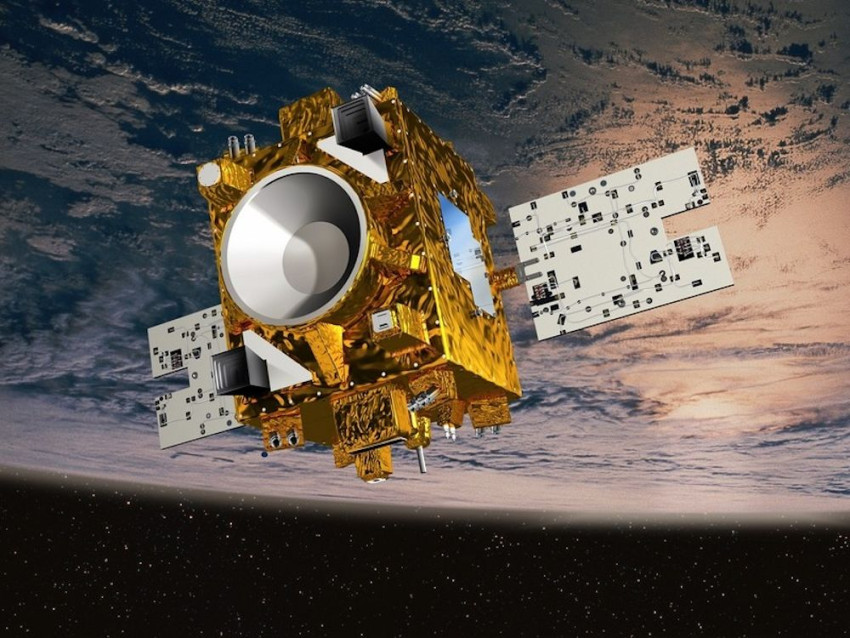
Satellite confirms Einstein’s theory
Ultra-precise accelerometers in space show that two bodies of a different composition can be subject to the same gravitational pull. This confirms Einstein's equivalence principle.
The data originate from the Microscope satellite that was launched last year. This satellite from French aerospace institute CNES is equipped with two accelerometers that can measure very precisely the gravitational acceleration from two sets of concentric cylinders. The cylinders differ only in their composition. One set comprises two concentric cylinders of a platinum-rhodium alloy. The other has an inner cylinder of the same material, but has an outer cylinder of titanium-vanadium-aluminium alloy. A concentric structure was selected to eliminate as far as possible any disruptive factors: in both cases, the inner cylinder functions as reference point, with the measurement focusing specifically on the outer cylinder.

Electrical field
Both bodies are subject to the gravitational pull of the earth and are kept in place relative to the satellite using an electrical field. The electrical power required for this provides a measure for the gravitational acceleration experienced by both cylinders.
The satellite circles the earth at a height of 710 km, where gravity is 7.9 m/s2 (at ground level in the Netherlands, this is 9.81 m/s2). The Microscope satellite has been designed in such a way that it should be able to measure the difference in acceleration between the two bodies to an accuracy of 10-15.
The first results, published in the academic journal Physical Review Letters, were obtained after the satellite had made 62 orbits of measurement round the earth. Both test bodies turned out to be subject to a comparable acceleration, with a deviation of 4.10-15. Over the coming year, the researchers expect to achieve an accuracy of 1.10-15 after further processing of the data and some thousand more orbits of the satellite round the earth.
New gravitational theories
The measuring programme was designed to test Einstein's equivalence principle. This principle has a number of different effects. One suggests that there is no difference between the gravity in a static set of coordinates versus an accelerated set. The other says that an equal mass is always subject to the same force of gravity regardless of its composition, a principle suggested already by Galileo, and proven by Einstein using his theory of relativity. The principle is known from the test using a feather and a cannon ball: in vacuum, both these objects are subject to the same gravitational acceleration.
Verification of that principle is important for testing the new theories of gravity that theoretical physicists are working on. For now, they are confident that Einstein's equivalence principle remains intact, and that they must therefore respect it in their own theories. For the ultimate proof, an accuracy of 10-18 is necessary, but that can only be achieved with future satellite programmes.

Opening photo: the Microscope satellite. Photo CNES.
NEWSLETTER
If you found this article interesting, then subscribe for free to our weekly newsletter.
Meer artikelen

Een AI-fabriek in Groningen

Gezondheid meten via zweetdruppels
Nieuwste artikelen

Een AI-fabriek in Groningen






